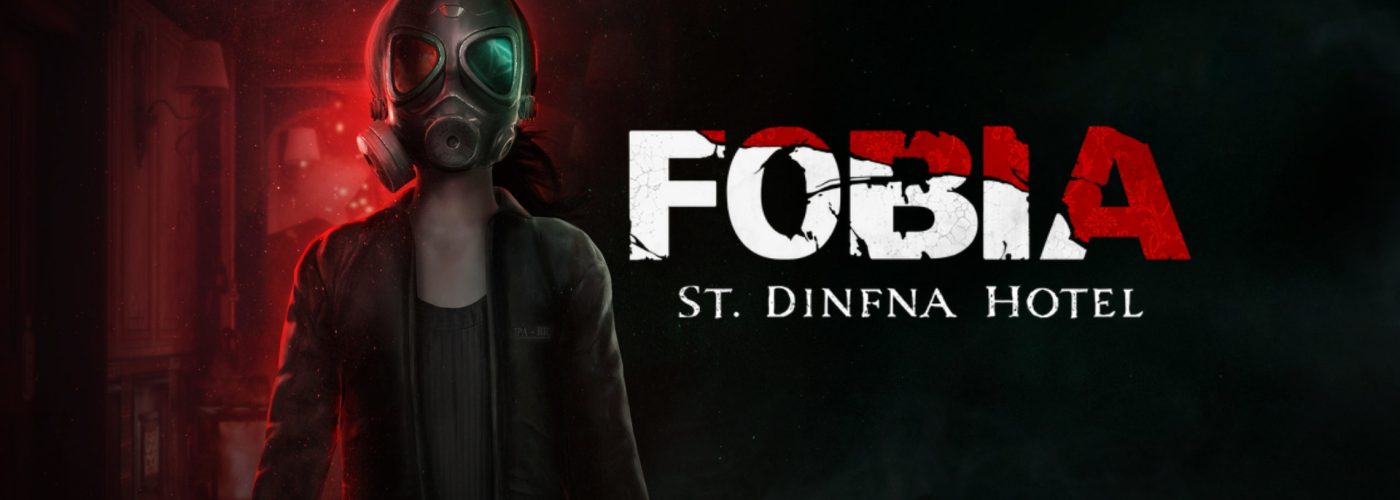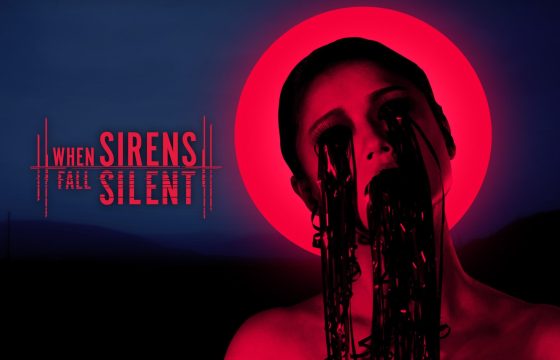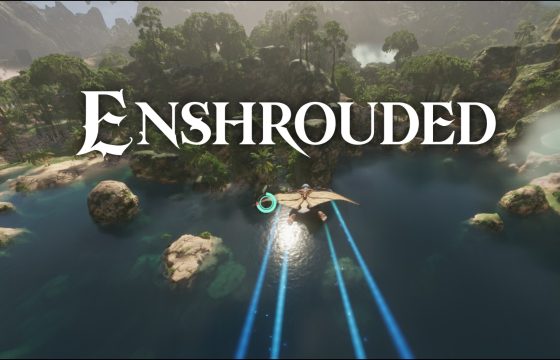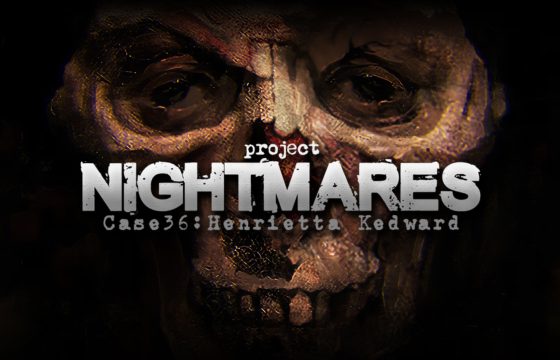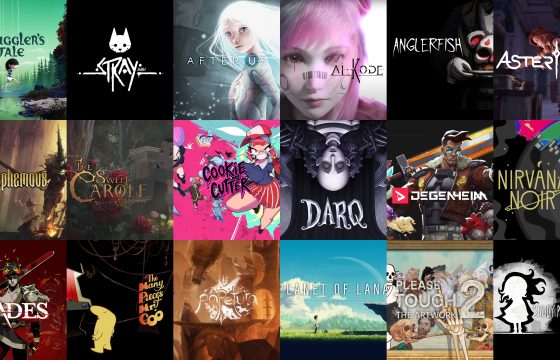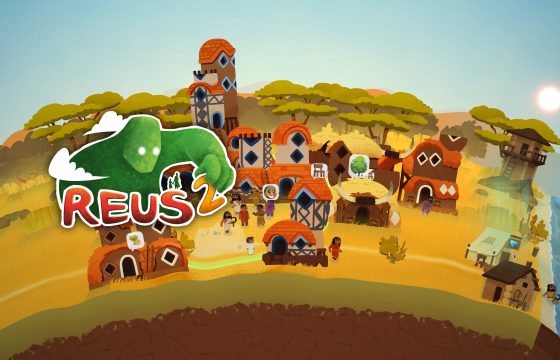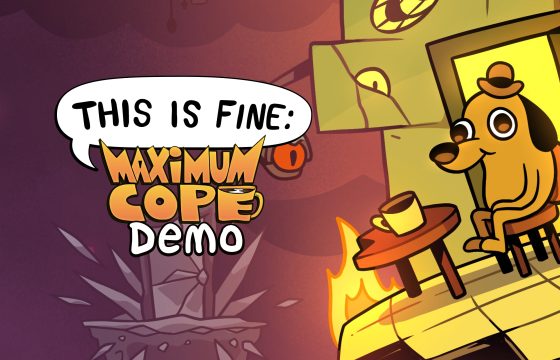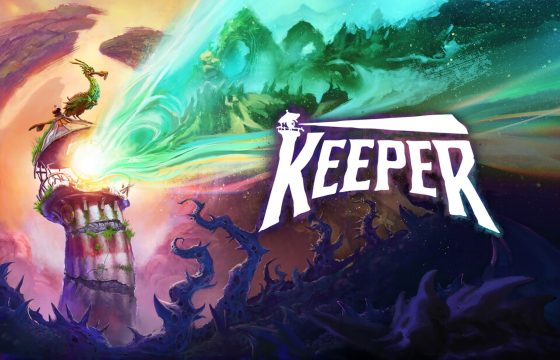Will you escape, or lose yourself in your fears?
Fobia: St. Dinfna Hotel is a survival horror game developed by Brazilian indie team Pulsatrix Studios and published by Maximum Entertainment. Released in 2022, the game fits into the psychological horror genre with a strong narrative and survival focus, alongside a claustrophobic setting that skillfully uses atmosphere and psychological terror to engage the player. The team aimed to refresh the horror genre by prioritizing suspense, exploration, and environmental interaction, delivering a tense and immersive challenge within a carefully crafted environment.
Fobia
The main setting is the St. Dinfna Hotel, an abandoned and mysterious building seemingly haunted by dark forces and buried secrets. Players step into the shoes of journalist Roberto Leite Lopes, tasked with solving a case of unexplained disappearances inside the hotel. The game presents itself as an experience centered around exploration, puzzle-solving, and survival against unknown forces, with a narrative that unfolds gradually and pulls players deeper into its mystery.
Commercially, Fobia capitalized on the renewed interest in survival horror, which after titles like Resident Evil Village and The Medium, seeks a more psychological and less action-heavy approach to fear. Many praised the game’s ability to create tension without relying too heavily on cheap jump scares. The team focused on mood-building and a constant sense of looming danger. The experience speaks to a mature audience with a passion for horror—especially those who prefer slower, observational, logic-driven narratives over fast-paced action or explicit violence. Fobia wants players to feel small and vulnerable in a hostile, mysterious place, encouraging identification with the protagonist and immersion in a story that blends supernatural and investigative elements.

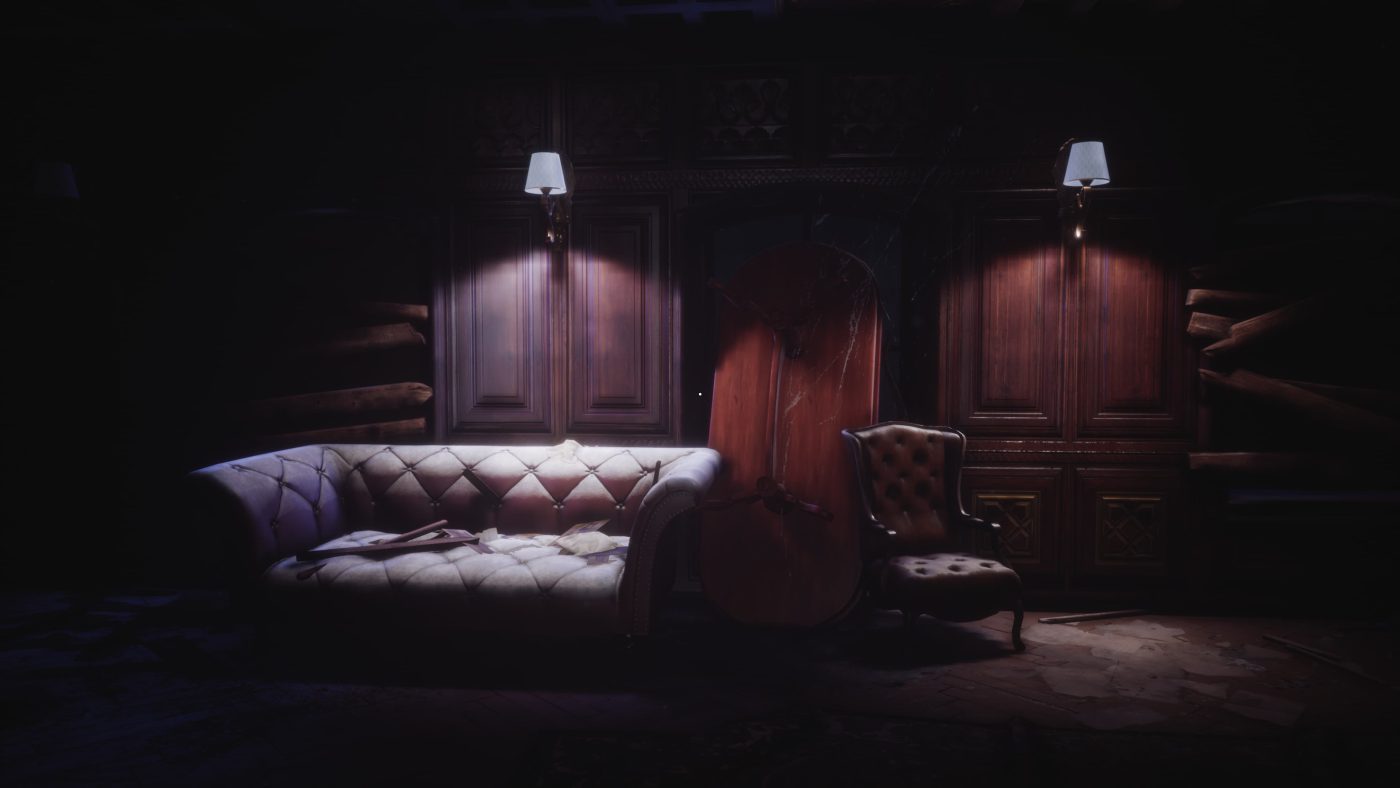
Pulsatrix Studios
The studio behind Fobia: St. Dinfna Hotel—Pulsatrix Studios—is a relatively young Brazilian company with a clear and ambitious vision, particularly in the horror game space. A group of passionate developers founded the studio with the goal of honoring their cultural roots and channeling their deepest fears and anxieties into a video game. They brought a fresh, personal touch to the horror scene.
Fobia marked one of the studio’s first major projects. With an agile team and a strong will to launch a quality title on the global market, Pulsatrix committed significant resources to atmosphere, storytelling, and gameplay innovation. They worked hard to stand out in an intensely competitive industry. According to them, Fobia is only the beginning of a long journey.
Publisher Maximum Games Entertainment, known for supporting quality indie titles with strong narrative or innovative design, handled the launch with a targeted strategy. They highlighted the psychological survival horror appeal and the uniqueness of the setting, releasing the game on both PC and next-gen consoles. Their synergy with Pulsatrix gave the project visibility and carved out a noteworthy space in the niche market, also reaching international audiences through localization and focused marketing.
On the communication front, the studio took a direct approach with its community, using events, demos, and trailers to build anticipation. They gathered feedback consistently and refined the experience up to release. This effort helped build trust and interest—a vital factor for an independent title with high-quality and narrative ambitions.


A Story That Blends Outer and Inner Reality
The story unfolds gradually and compellingly, immersing the player in a dark mystery that reveals itself slowly among the dusty hallways and disturbing recesses of the hotel. The plot follows Roberto Leite Lopes, a journalist investigating a series of unexplained disappearances within the hotel. What starts as a routine case quickly spirals into a psychological nightmare, where reality blends with horror and the supernatural. The St. Dinfna Hotel becomes a character in its own right—its oppressive, secret-laden atmosphere serves as the core around which all events revolve.
As Roberto explores rooms, basements, and sealed-off areas, he uncovers fragments of past stories, meaningful objects, and unsettling presences. The narrative develops through documents, flashbacks, and paranormal occurrences, building a layered story that challenges Roberto’s sanity and the very nature of the hotel.
Fear takes center stage in all its forms: fear of loneliness, fear of the unknown, and the deeper fears rooted in trauma and memory. Roberto confronts not only external threats but also his own inner demons, which gradually surface throughout the game. This dual psychological layer deepens the narrative and raises it beyond simple survival.
The plot progresses through rising tension, pushing players to interpret increasingly ambiguous events. Well-timed revelations keep the suspense high and drive the desire to uncover every secret the hotel hides. The ending delivers closure while leaving room for personal reflection, in line with the game’s psychological and mysterious tone. The story in Fobia manages to blend classic thriller and horror tropes with symbolic and emotional depth that enriches the entire experience.
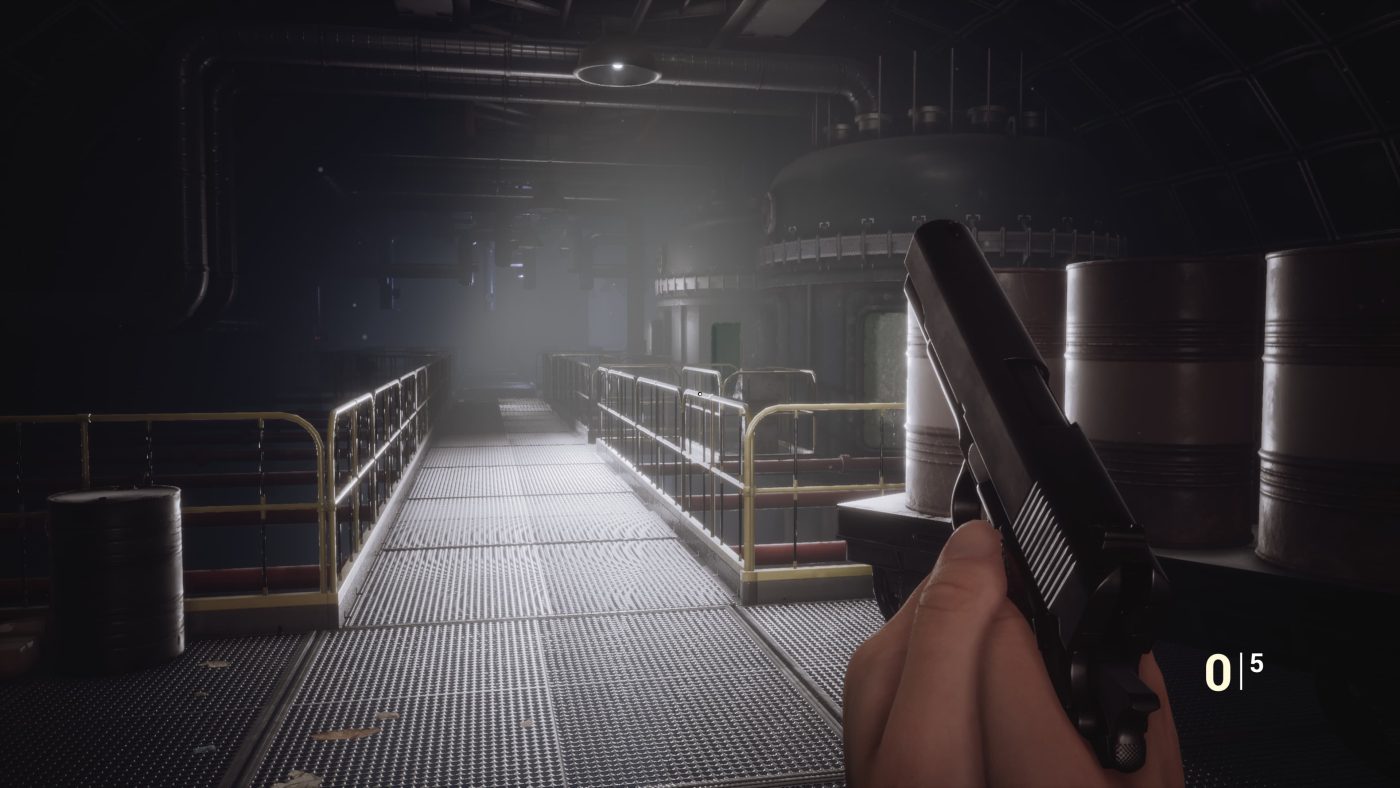
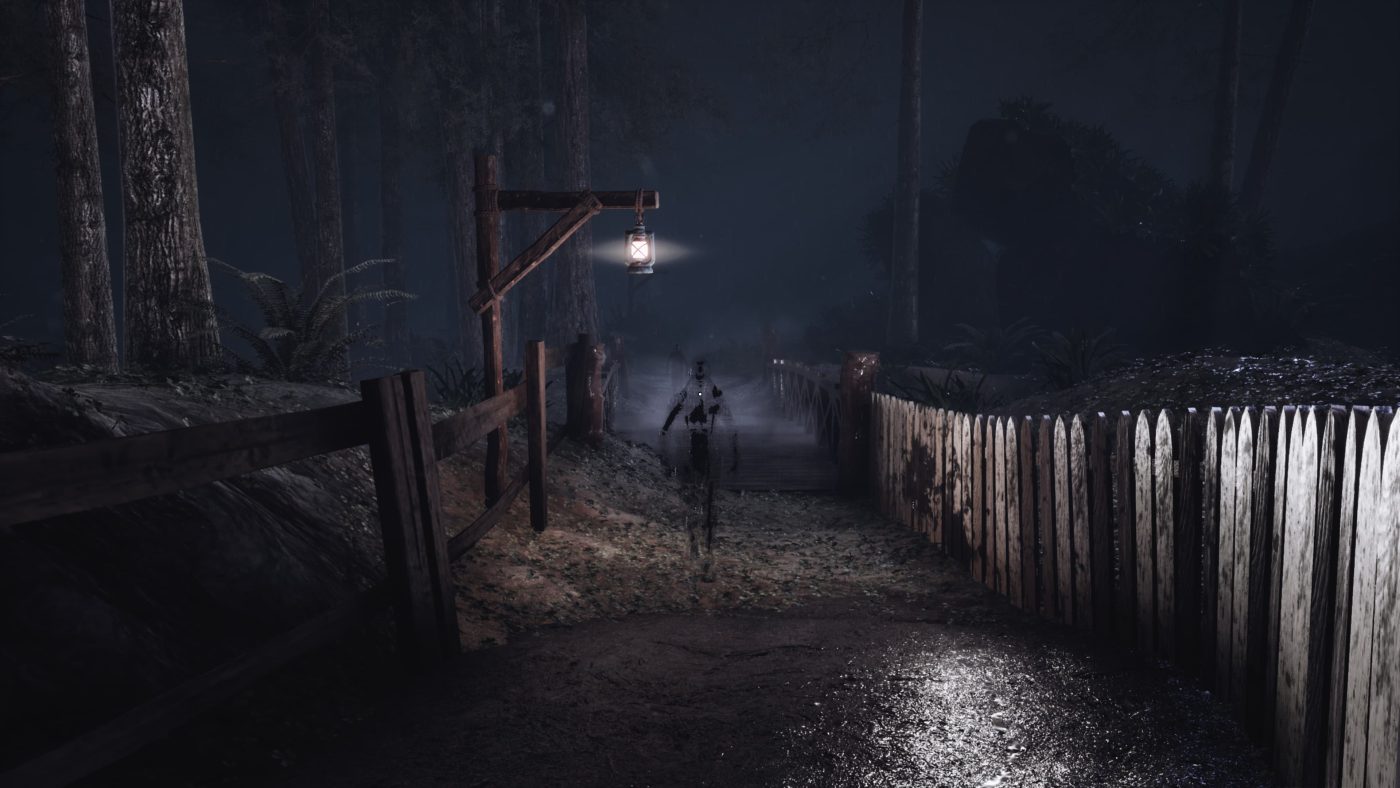
Themes Open to Interpretation
Fobia: St. Dinfna Hotel bases its narrative structure on atmosphere and psychology, favoring emotional engagement over a straightforward plot. The game explores themes of fear, memory, trauma, and isolation, offering a deep reflection on horror as both a personal and universal experience. Through environmental storytelling, scattered documents, and interactive clues, it builds a story that remains open to multiple interpretations.
Sanity and distorted reality stand at the center of the narrative—a duality that manifests not only in Roberto but also in the architecture of the hotel itself, which seems to shift and mutate based on fear and memory. This creates a disorienting effect that traps the player in a state of ongoing uncertainty.
The game’s themes go far beyond horror clichés. It probes the human psyche and its fragilities, staging an internal struggle between reality and imagination. Supernatural elements work more as metaphors than goals in themselves, intensifying psychological tension rather than offering just visceral horror—though the latter still plays a role. The story also reflects on isolation, both physical and emotional. The hotel becomes not just a prison of walls but a mental cage, a place where fears take shape. This oppressive, claustrophobic setting heightens the player’s sense of vulnerability, confronting them with threats both external and internal.
A nonlinear progression invites discovery and interpretation in a non-sequential manner, encouraging curiosity and personal meaning-making. This design choice strengthens the player’s role in shaping the story and transforms the experience into a path of emotional and narrative discovery that grows more rewarding as it unfolds.
Ultimately, Fobia: St. Dinfna Hotel delivers mature and refined storytelling in the horror genre, skillfully combining psychological and supernatural elements while exploring deep and intimate fears. The story follows unpredictable paths and reaches final moments that few would anticipate at the beginning of the journey.
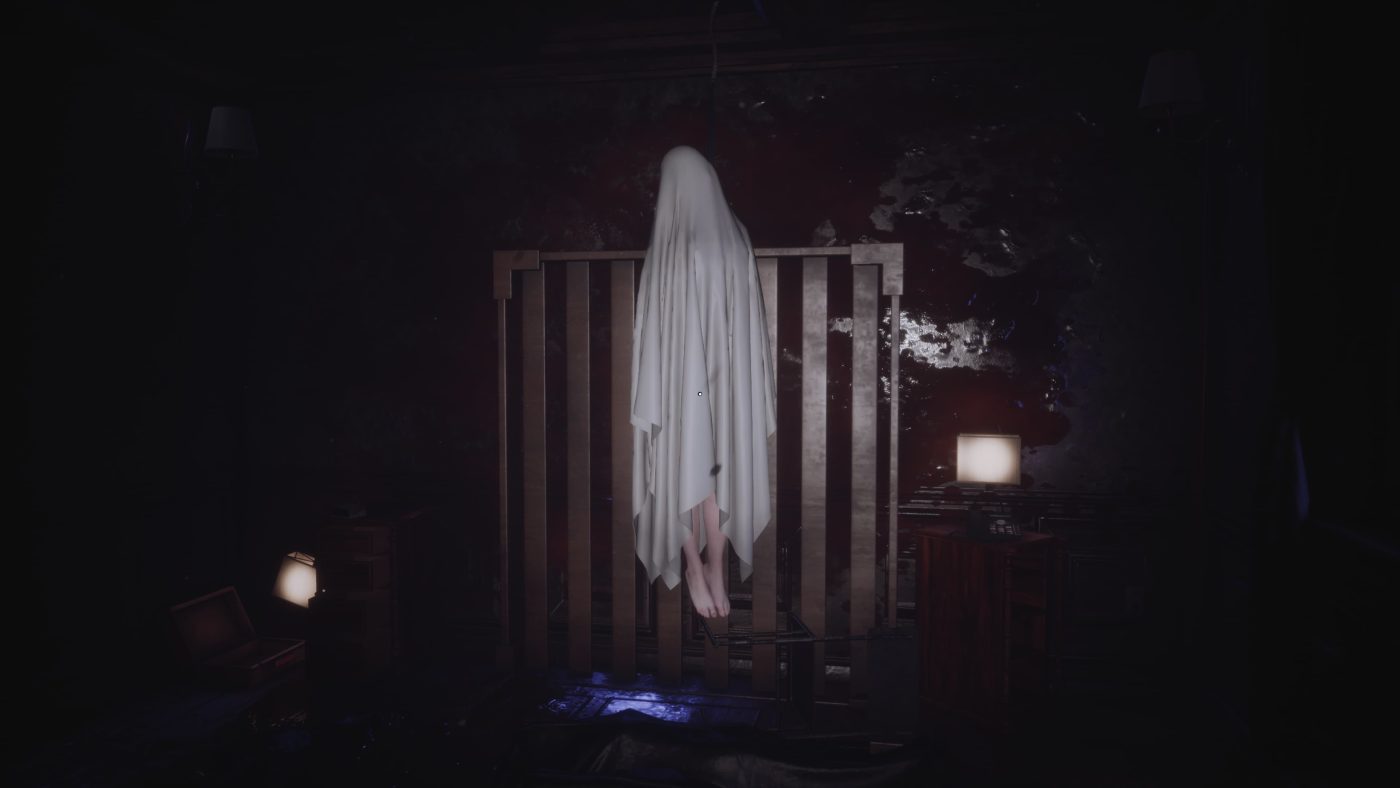
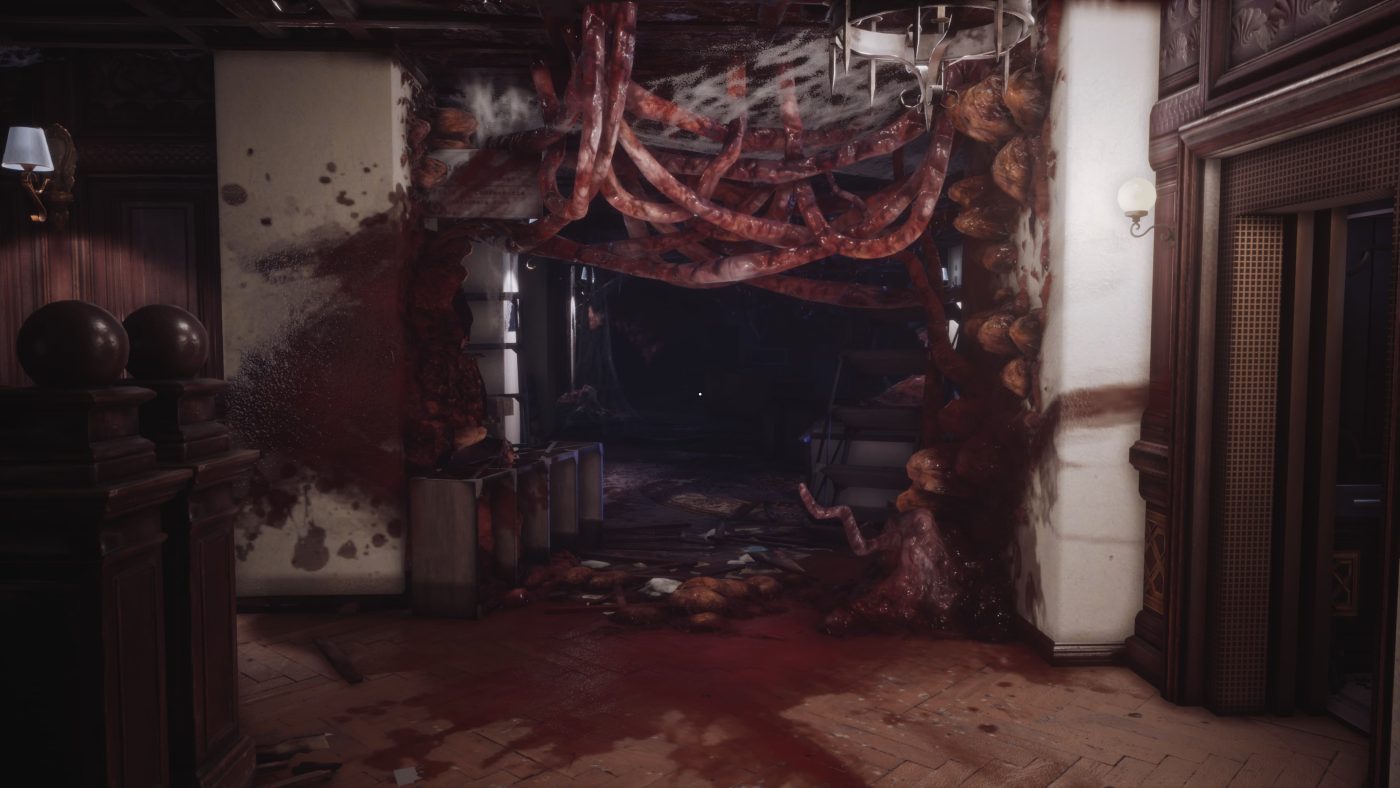
Technically Convincing
Fobia immediately stands out for its solid technical performance, achieved through the use of Unreal Engine 4. Pulsatrix Studios explained that this choice enabled them to create detailed environments and evocative atmospheres, though sometimes at the cost of smooth gameplay. The attention to technical detail appears clearly in the environmental textures and in the animations of both creatures and the protagonist, which look natural and believable.
Art direction plays a key role in the game’s visual impact. The style leans heavily into dark realism, blending classic horror aesthetics with modern touches. Lighting and shadow become essential tools for building a mood of tension. The hotel environments are meticulously crafted to convey decay and abandonment, with rooms bearing traces of former life now turned haunting. This visual coherence reinforces the credibility of the game world and strengthens its immersive quality, aligning with Roberto’s emotional state.
Dynamic lighting enhances shadow-heavy spaces and constantly shifts contrasts, feeding the atmosphere of doubt. Fog effects and particle handling make the visual experience even more captivating, underscoring the hotel’s mysterious and disturbing nature.
On a technical level, the game runs smoothly across platforms, with only occasional frame rate dips and minimal loading times. Bugs appear rarely and don’t impact gameplay, thanks to focused optimization efforts. Facial and body animations convey emotion effectively, further deepening the player’s connection to Roberto. Creature and enemy designs, often revealed only in part, contribute to a pervasive unease. Their distorted and unfinished forms leave much to the imagination, heightening the horror.
In short, the technical and artistic departments come together to merge realism with horror in a coherent, compelling way. The choice to focus on detailed environments and sophisticated lighting results in a visual experience that supports both narrative and gameplay. Fobia: St. Dinfna Hotel earns its place as an aesthetically and technically convincing title.

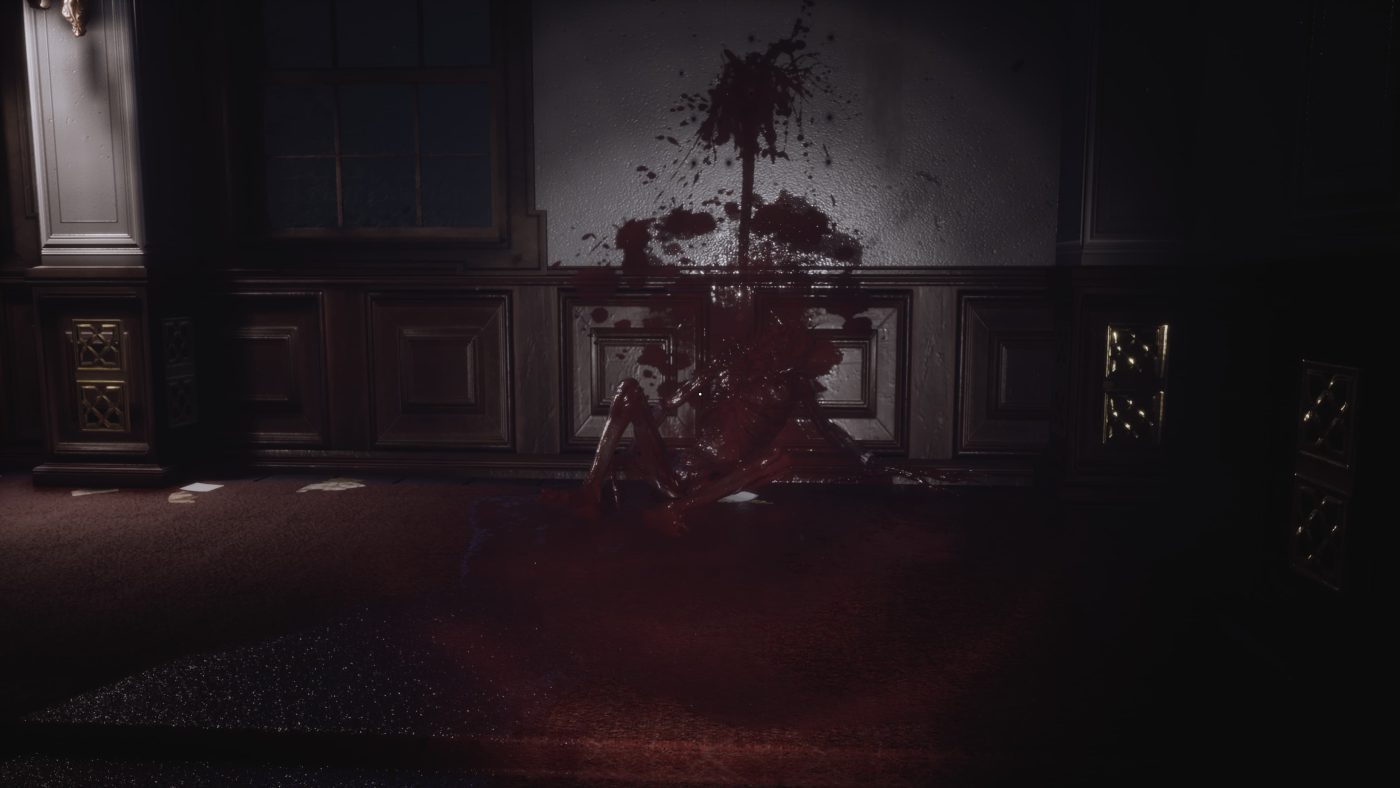
Sound Design as a Leading Force
The audio work in Fobia stands out as one of the strongest and most essential components of the game. The soundtrack adopts a minimalist yet effective approach, relying on ambient noise, dissonant sounds, and carefully timed musical cues that build constant tension. The sound design shapes the overall mood, using creaks, footsteps, whispers, and sudden, distorted noises to raise suspense and trigger fear—along with the protagonist’s breath.
Silence plays an equally important role, creating moments of apparent calm that make the terror that follows even more impactful. Voice recordings—whether of Roberto or other figures—sound authentic and help ground the game in emotional realism. The voice acting strikes a balance, avoiding melodrama and reinforcing psychological tension without falling into cliché.
The spatial sound design proves particularly effective, letting players sense the direction of noises and presences. This enhances immersion and sharpens awareness of imminent danger. This three-dimensional audio gives exploration a deeper impact and makes every threat feel immediate.
The original score accompanies key scenes with eerie themes built around synthetic sounds. The music never tries to dominate, instead blending seamlessly with the environment to create a unified and immersive atmosphere—and it succeeds.
Ultimately, Fobia’s soundscape plays a central role in shaping the game’s identity. Its technical quality, careful design, and consistency make the audio experience not just a complement but a full-fledged protagonist in both gameplay and storytelling.
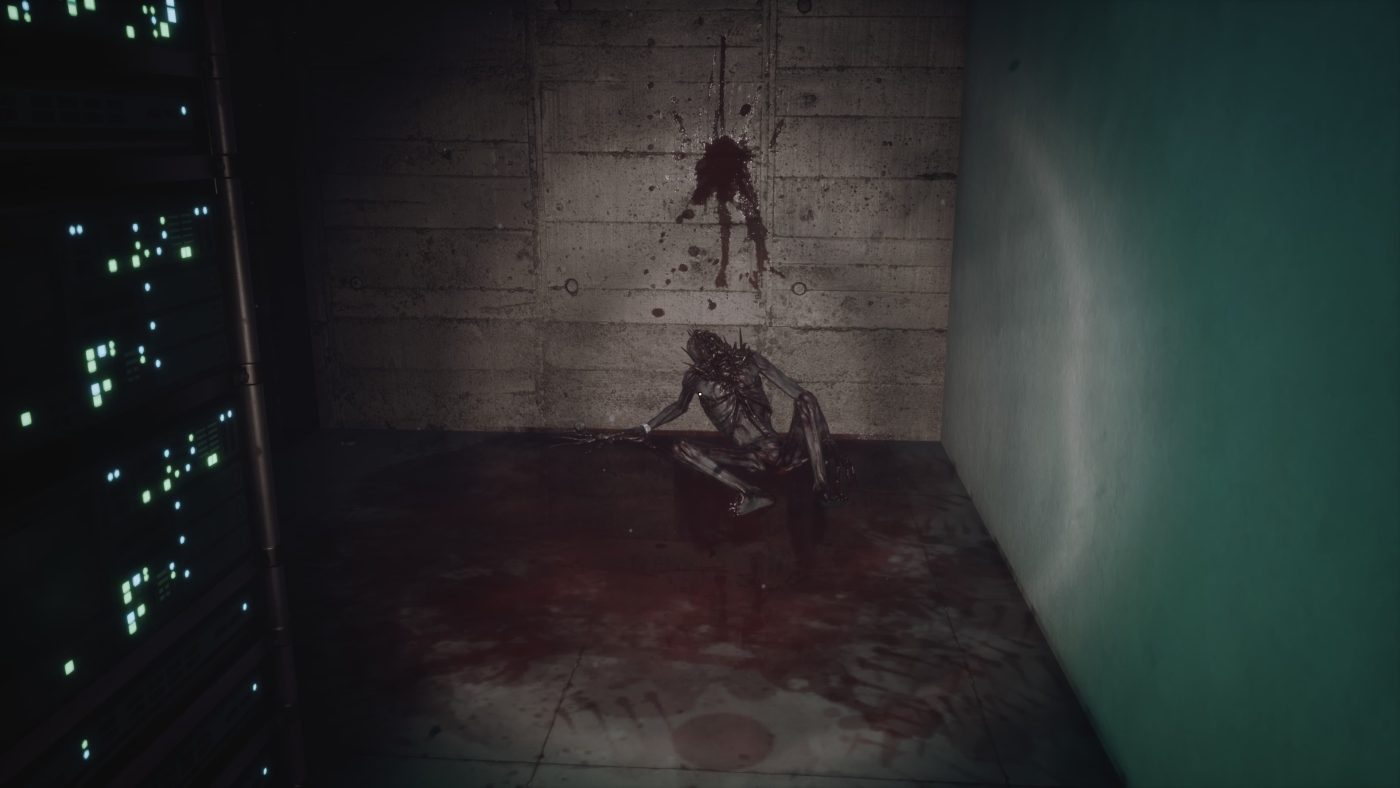

Gameplay Aligned with the Genre
Fobia: St. Dinfna Hotel delivers a survival horror experience rich in exploration and investigation. The game plunges players into a dangerous environment where observation and resourcefulness become key to survival. It carefully balances tension, exploration, puzzle-solving, and encounters with looming threats. Rather than relying on fast-paced action, it encourages a more thoughtful and methodical approach.
Players guide Roberto through the sprawling, maze-like Hotel St. Dinfna. The environment holds rooms, corridors, basements, and interconnected spaces that all tell parts of a dark and mysterious story. Progress unfolds through the discovery of documents and audio files. The hotel functions not just as a backdrop but as a dynamic “character” in itself—its architecture and mood actively shape the player’s sense of fear and claustrophobia.
Level design encourages exploration and reinforces the sense of threat. Environmental details hint at past events and assist in piecing together the narrative. Every room carries narrative weight, and every corner might conceal a clue or surprise. This attention to detail strengthens the world building and sustains immersion.
Classic survival horror elements like resource management play a significant role. Players need to plan carefully. Weapons and defensive tools remain scarce—but not unfairly so. The constant pressure of unpredictable and terrifying enemies pushes players to rely on stealth, wit, and adaptability.
Environmental interaction feels intuitive. Players move from room to room, gradually unlocking access by finding keys, examining objects, gathering clues, and solving puzzles that seamlessly tie into the narrative. These aren’t just gameplay hurdles; they deepen the story and enhance the connection to both Roberto and the hotel. A standout mechanic is the camera, which Roberto uses to reveal hidden paths and secrets invisible to the naked eye.
A smartly balanced save system, available in specific rooms reminiscent of early Resident Evil titles, ensures the challenge stays engaging without becoming frustrating. The straightforward yet effective inventory system supports focus and strategic thinking.
From a world-building perspective, Fobia creates a cohesive and immersive universe. The hotel becomes a container for memory, trauma, and supernatural elements—a microcosm reflecting the protagonist’s and the player’s deepest fears. This layered approach turns exploration into a psychological journey as well as a spatial one.
Enemy AI may not break new ground, but it works well enough to maintain tension and demand caution. These threats often act unpredictably, using sound and light to surprise and frighten. Their presence never feels overwhelming, but instead fosters a persistent sense of vulnerability.
All in all, the gameplay follows genre conventions while combining exploration, storytelling, and survival into a compelling and rich experience. The detailed world building merges perfectly with game mechanics, immersing the player in a haunting and believable world. Story progression feels rewarding and well-paced, casting the player as a true investigator slowly assembling a once-chaotic mystery into a coherent narrative.
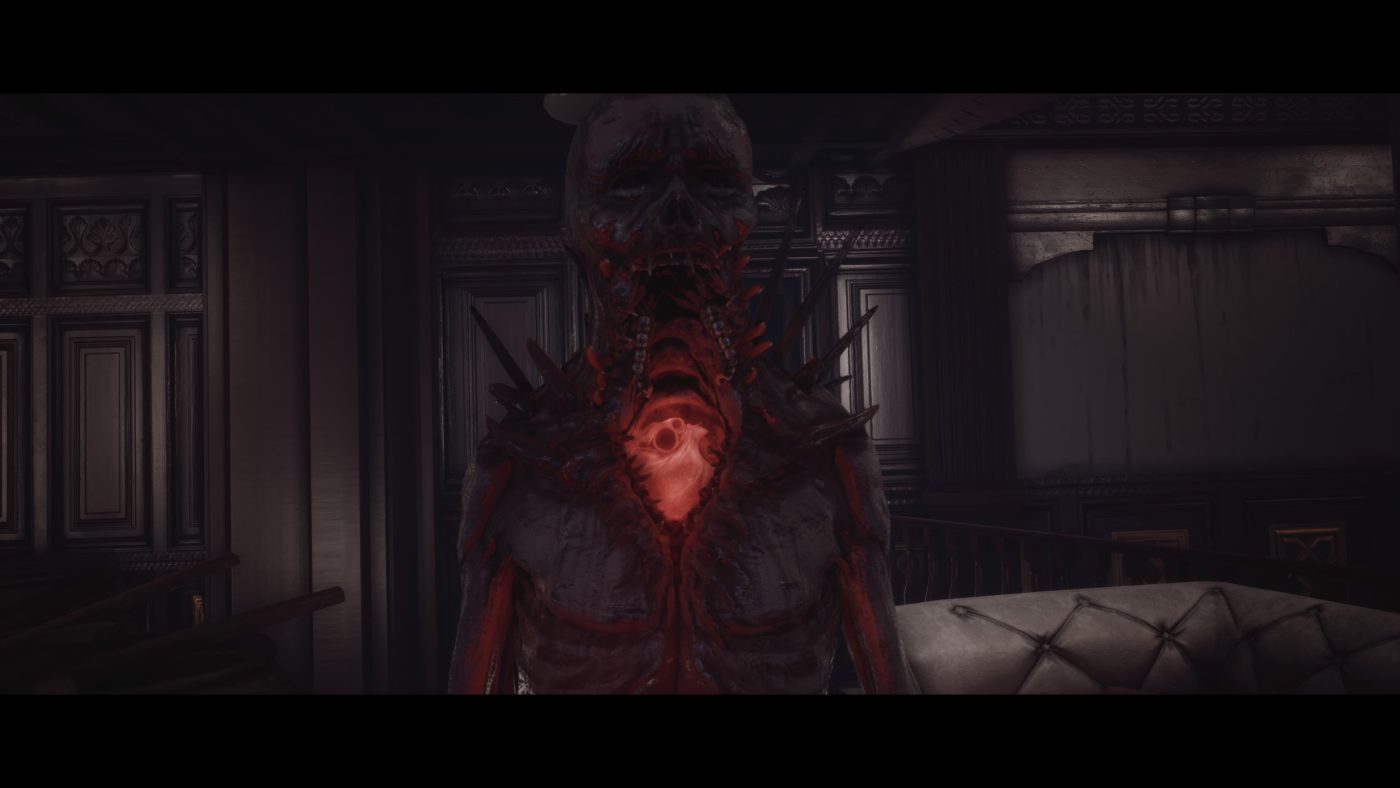
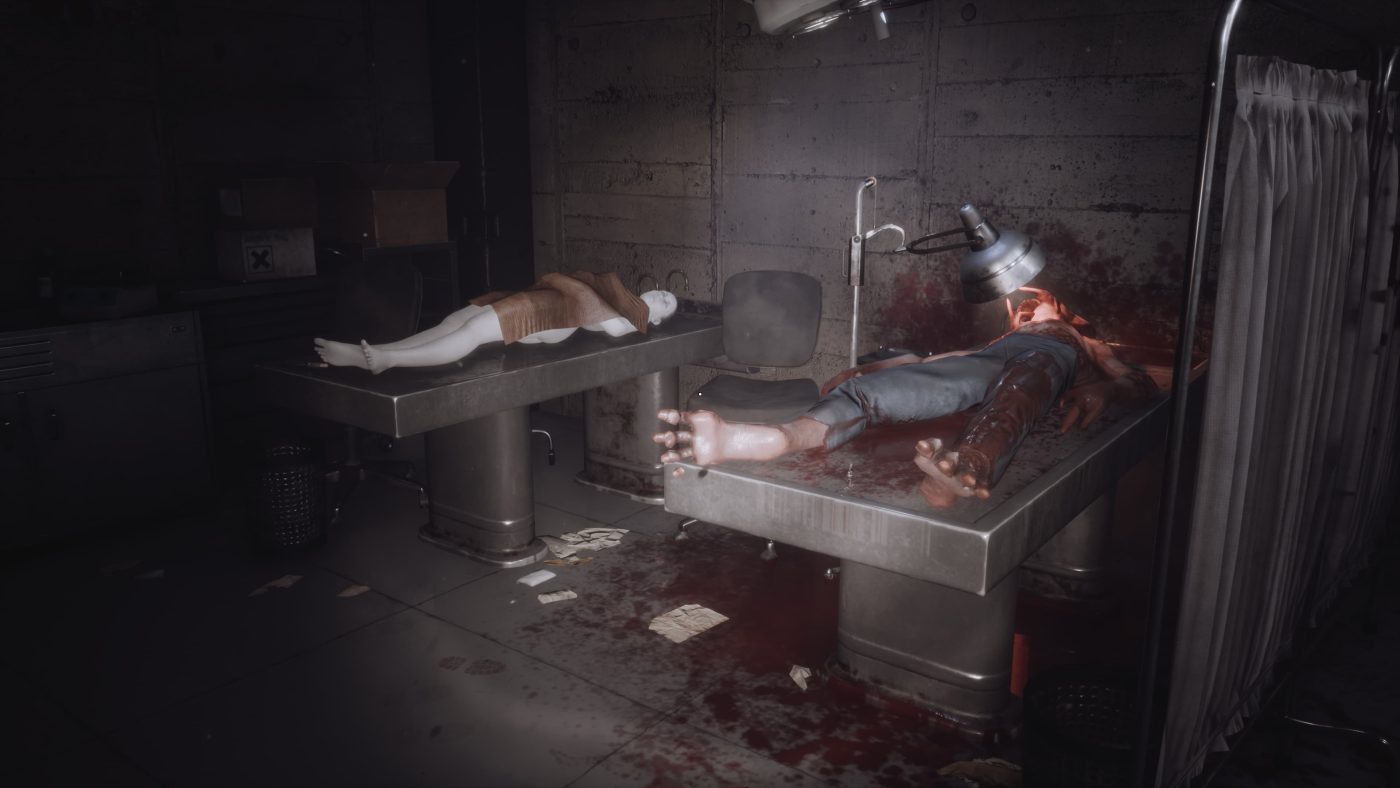
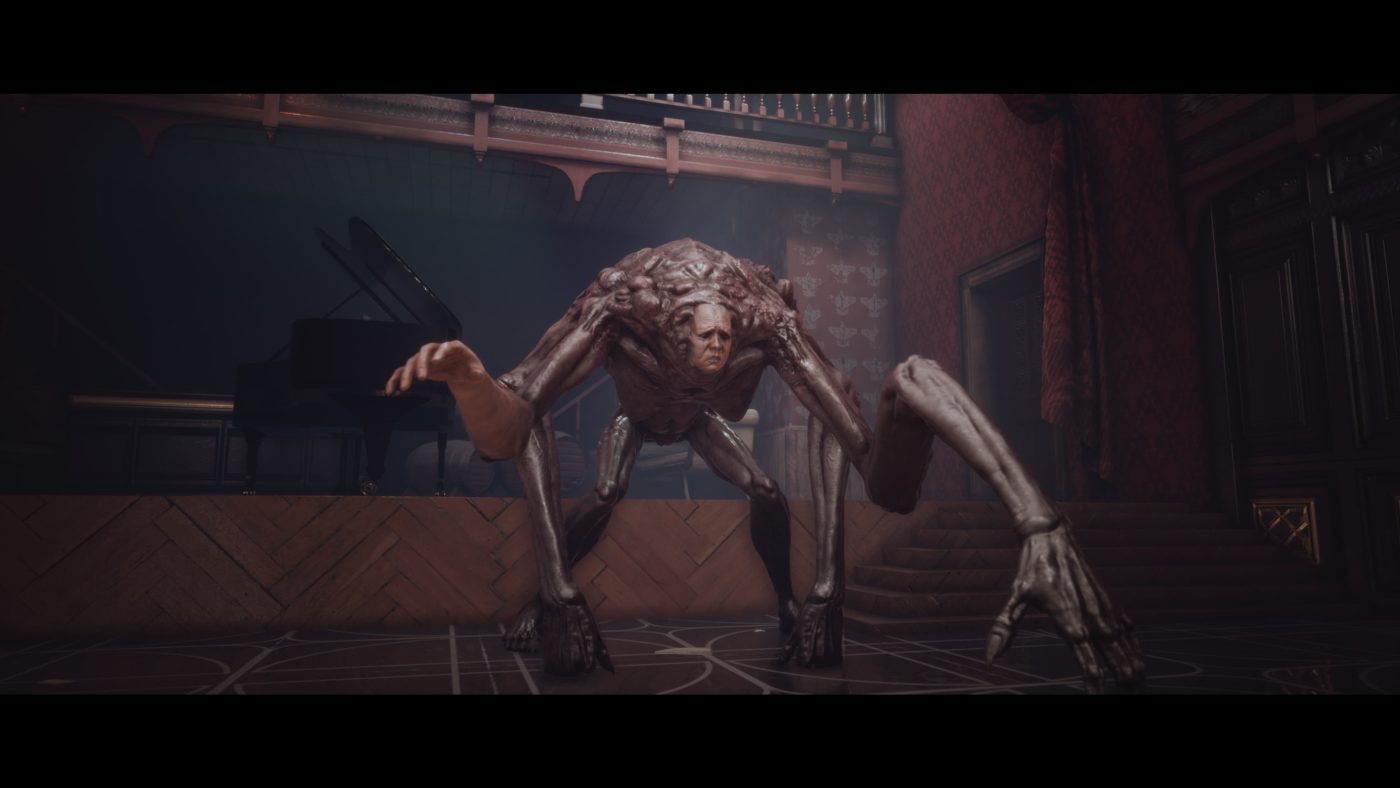
Generally Well Received
Critics responded to Fobia in largely positive terms, especially praising the game’s unique atmosphere and its ability to immerse players in a deeply psychological horror experience. Many reviewers highlighted the narrative maturity and the thoughtful construction of the hotel as a living, mysterious environment—considering this one of the game’s strongest achievements. The way Fobia builds anxiety and suspense without leaning too heavily on typical jump scares struck many as more refined and subtle than other games in the genre. Clever use of lighting, shadows, and sound design maintains a constant tension that affects the player on a psychological level, drawing out a more primal fear rather than quick, superficial scares.
That said, some criticism did emerge around the narrative pacing and gameplay, which at times felt slow or repetitive. The investigative nature of the game, along with its focus on exploration and puzzle-solving, demands patience and close attention—qualities not all players may enjoy, particularly those used to more fast-paced, action-heavy experiences. A few noted that some sections dragged or lost momentum, creating a sense of sluggishness that, while contributing to mood-building, occasionally disrupted the game’s overall flow.
On the technical front, most reviews agreed that the game ran well, showing solid optimization and a technical foundation that supported both storytelling and gameplay. Few reported bugs or serious performance issues, reflecting the developers’ commitment to polish and quality control.
Another recurring point of critique involved the game’s difficulty, which some found too punishing when it came to resource management and enemy encounters. However, many also saw this as an essential part of the challenge and a key contributor to the feelings of fear and helplessness that define a strong survival horror experience.
The story—while appreciated for its atmosphere and emotional depth—also faced some criticism for being overly cryptic or fragmented. Some players struggled to fully piece together the plot without constant attention to detail or outside help. Still, this narrative approach reflected the studio’s deliberate choice to embrace a non-linear structure, open to interpretation and reliant on active player engagement to decipher the mystery.
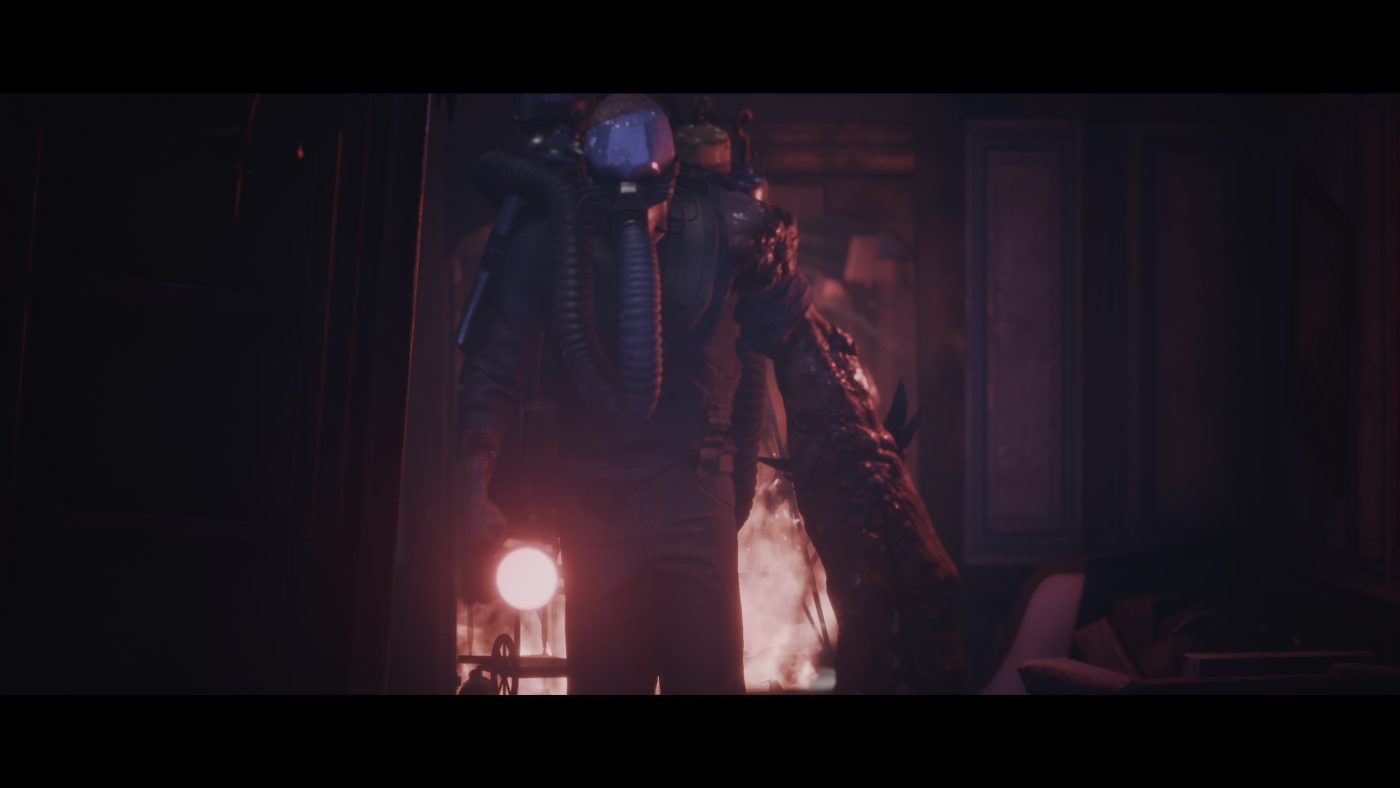
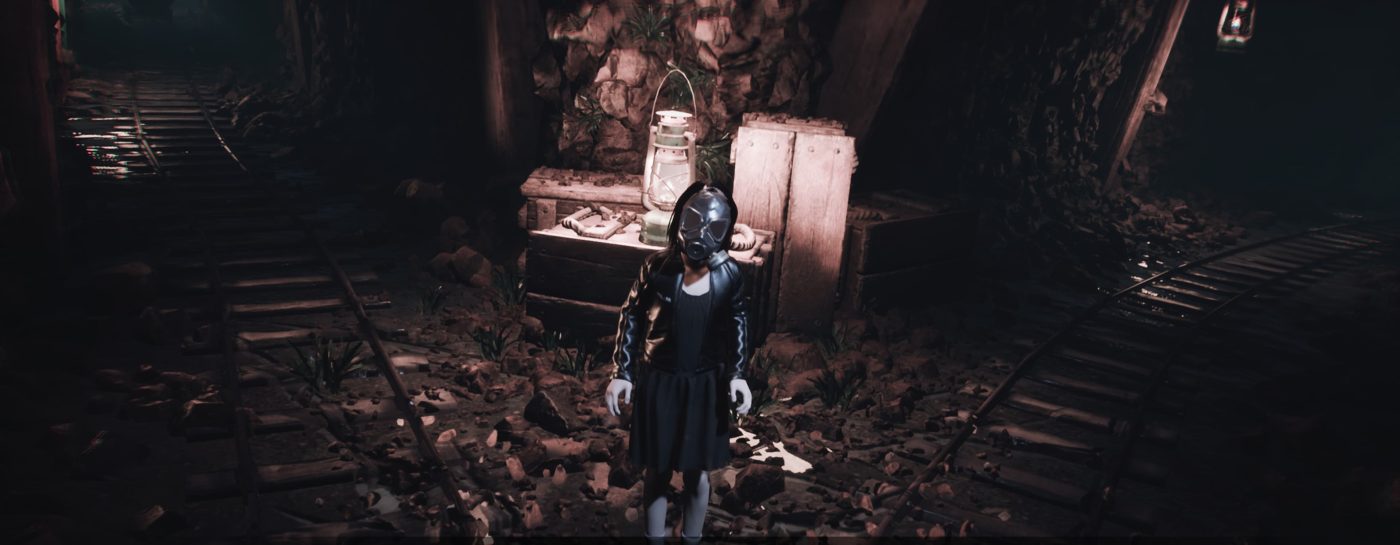
Fobia: St. Dinfna Hotel
PRO
- Unique and immersive atmosphere, built with great care through lighting, environmental design, and sound
- Deep and psychologically rich narrative, offering mature and thought-provoking storytelling
- Detailed and coherent setting, with world building that highlights every element and invites emotional involvement
CON
- Slow and sometimes repetitive pacing, which may test the player’s patience
- Occasional difficulty spikes, both in resource management and puzzles, that might frustrate those looking for a more relaxed experience
- Fragmented and cryptic storytelling, which demands close attention and may alienate players who prefer straightforward narratives

